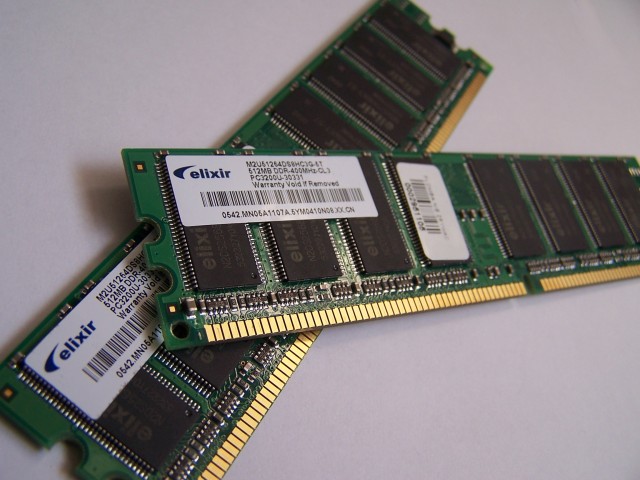
By pre-organizing atoms in a bit of phase-change memory, information can be written in less than one nanosecond, the fastest for such memory. With write speeds comparable to the memory that powers our computers, phase change memory could one day help computers boot up instantly.
Phase-change memory stores information based on the organization of atoms in a material, often a mixture of germanium, antimony, and tellurium (Ge2Sb2Te5 or GST). A voltage pulse heats the metal and disordered atoms in the crystal rearrange into an ordered crystal. Restoring the disordered arrangement by melting the metal erases the information. A computer reads each bit by detecting the lower electrical resistance of the ordered crystal.
Micron sells small phase-change memory (PRAM) chips. Companies like IBM and Samsung are working on PRAM chips too.
from Ars Technica
